Nothing could have prepared me to find out that I had a significant medical condition that would require major surgery to repair one of my most vital organs. I can still remember telling one of my friends I’d have to cut our time short after going out for a coffee because I had to go in for what I assumed was a routine visit with my GP. Instead, my doctor delivered the news that I had a congenital heart condition that would require referral to a cardiologist for careful monitoring.
About two percent of the population is born with bicuspid aortic valve. Simply, it means I have two leaflets on my aortic valve instead of the normal three. All four of your heart valves help blood flow smoothly through your heart’s two circuits. The aortic valve is part of your systemic circuit: oxygenated blood from your larger left ventricle is pumped by your heart through your aortic valve into your systemic circulation ensuring your tissues have what they need to keep you moving. One of the aortic valve’s main jobs is to keep that blood from flowing back into the left ventricle when your heart relaxes between pumps. Most people with bicuspid aortic never know they have the condition and never suffer any ill effects of this anatomic abnormality.
However, some proportion of folks with bicuspid aortic valve will suffer from aortic regurgitation. In this case the valve’s two leaflets can’t properly seal and block blood from flowing back into the heart. The valve is asleep on the job! In many cases people can live their whole lives with aortic regurgitation, never feeling the effects. For me, enough blood had been flowing back into the left ventricle for long enough that the tissues in my heart were starting to stretch out.
Four months after my diagnosis I met with my cardiologist over the phone. He was delivering the result of a recent echocardiogram that I’d attended after having some episodes of shortness of breath. I had just gotten the news I had been dreading to hear since my GP had first told me about my condition: open heart surgery was required to repair my valve. Not having surgery was not an option as it meant I would gradually become more and more short of breath and eventually would not be able to tolerate any activity at all.
So, in the middle of the global pandemic, with no vaccines yet developed, my wife and I flew to Toronto where a surgeon had agreed to repair my leaky valve. This procedure is only performed in a few centers around the world, and I was lucky enough that Dr. Tirone David, OC would be able to bring his considerable expertise to bear on my case. Despite the extremely high level of care I received from every single person on my health care team this is not the type of experience I would wish on anyone.
The surgery was a success and after six days on the ward at Toronto General Hospital and two more weeks recovering in the Big Smoke, we flew home to Vancouver to begin the long road back to health and fitness. You are very weak after open heart surgery. You feel like you can’t exert yourself at all, and I was struck by how vulnerable I felt. I was someone who was accustomed to lifting weights, running, and competing at different sports, now I could only walk 15-20 meters before having to stop and take a break!
For anyone facing this recovery, rehabilitation is overseen by a cardiologist who follows your case over the long term. My cardiologist offered cardiac rehab overseen by a Certified Exercise Physiologist who managed all my workouts and recovery of my fitness more generally. Physiotherapists are also often part of cardiac rehabilitation teams as they have extensive training in cardiac care and cardiopulmonary rehabilitation. They can support patients recovering from this major procedure as they regain their cardiovascular fitness and build back their strength after time in hospital.
Most people living in Canada today will not experience an event like this in their 30s. But for those who do, I hope that sharing my story will offer some visibility into the process of managing this condition and some hope for getting back to doing the things they love to do! Today, I am not as fit as I used to be, but I have started running (very slowly!) and lifting weights again. In the long term there will be some modifications to how intensely I’ll be able to train. The headline here is that thanks to my whole care team (surgeon, nurses, cardiologist, physiotherapist, exercise physiologist, and general practitioner) I’ll be able to do nearly every physical activity that I ever wanted to do.
This whole experience has deeply informed my physiotherapy practice. Connecting with patients and building “therapeutic alliance” is one of the most important parts of being a physiotherapist. One of the silver linings of having this condition and recovering from surgery is that I have an insiders’ perspective of what many of my patient’s go through. As a result, we can work together and get better outcomes for them. What I have found is that often when I share this experience with my clients, and they see how I’m doing in my recovery, they feel more at ease about their own recovery. So, while I wish no one would ever have to go through an open-heart surgery, it has been a formative aspect of my practice as a physiotherapist and helps me to better support my patients in their recovery journey.
Alexi’s personal experience has intimately shaped his own professional practice, providing an insider’s perspective on Cardiac Rehabilitation. Click here to book an appointment with COAST Physiotherapist Alexi Bergeron.


